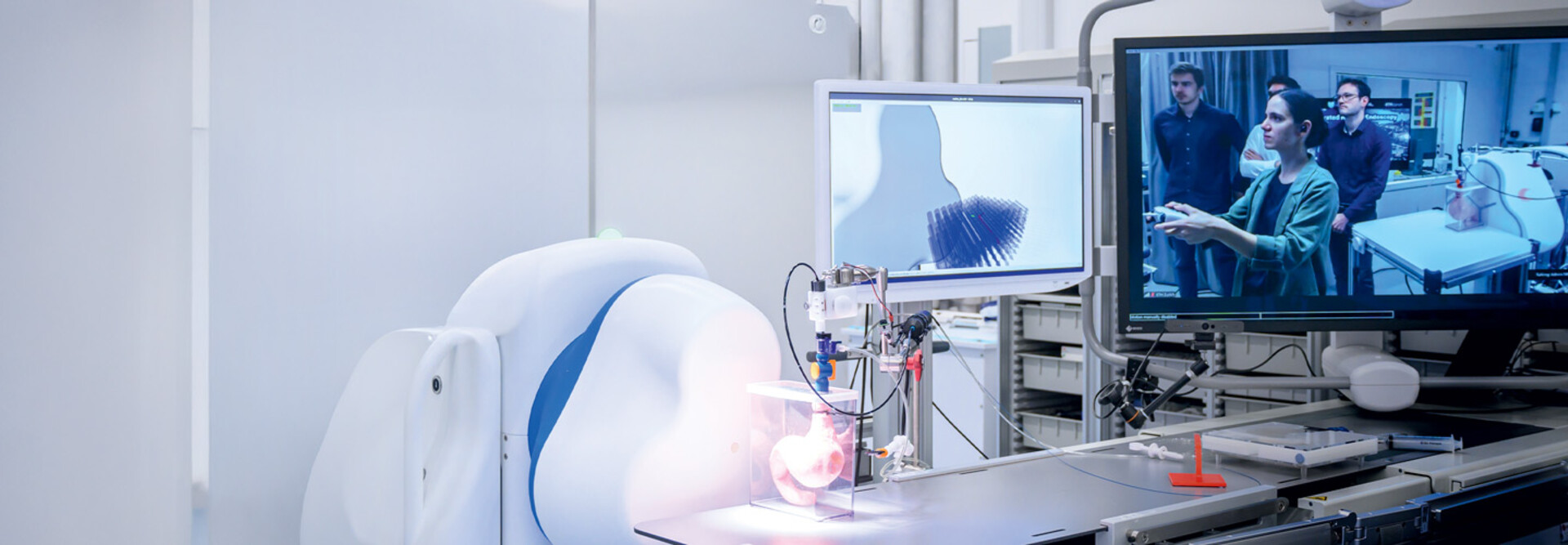Solving the Connectivity Needs of Robotic Telesurgery
Robotic telesurgery is best suited for soft-tissue procedures, including kidney, prostate, liver and lung surgeries, says urologic surgeon Dr. James Porter. He’s the chief medical officer of robotic surgical technologies and digital technologies at Medtronic, and he’s also the director of surgical robotics at Swedish Medical Center and Providence St. Joseph Health in the Seattle area.
The technology is not yet ideal for orthopedic procedures involving bones, he adds.
But Porter is hopeful about how this evolving approach can widen care access. “Robotic telesurgery can expand the number of patients who are going to benefit and allow more patients to have an improved surgical experience,” he says.
Porter, a pioneer in robotic surgery who has performed over 5,000 procedures, stresses that the fidelity of connectivity is critical to ensuring precise movements.
“What I see on my screen is actually what’s happening somewhere else,” he says. “Latency can impact how we operate.”
Porter notes that robust infrastructure is needed, including reliable transmission networks and surgeon buy-in.
EXPLORE: How are healthcare organizations prioritizing networking modernization efforts?
A delay in data transfer can mean slight lags between a surgeon’s input and the robotic system’s response, which could introduce serious risks.
“In order for telesurgery to be done safely, it needs to be done in a way for data transmission to be seamless,” says Dr. Sabino Zani, associate professor of surgery at the Duke University School of Medicine’s Department of Surgery.
With 5G, these limitations can be addressed through dramatically reduced latency and increased bandwidth, he adds: “Not only are we talking about robotic platforms communicating through data, we’re also talking about high-resolution video data being transferred over a long distance.”
Without a reliable connection, surgeons may struggle to interpret what’s happening at the remote site, increasing the risk of errors. “You might be able to move something at a distance, but can you really understand what you’re moving and see what you’re doing, and are you able to respond in a safe way?” Zani says.











